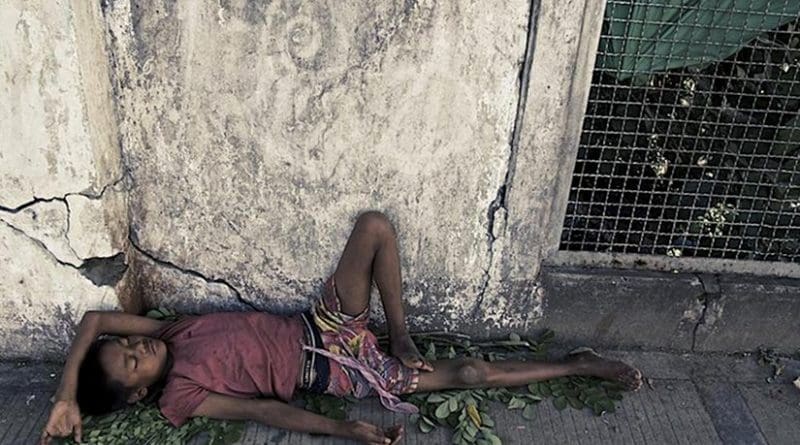Burma: New Wave Of Destruction In Rohingya Villages, Says HRW
New satellite imagery of Burma’s Rakhine State shows 820 newly identified structures destroyed in five different ethnic Rohingya villages between November 10-18, 2016, Human Rights Watch said. The Burmese government should without further delay invite the United Nations to assist in an impartial investigation of the widespread destruction of villages.
The latest images bring the total number of destroyed buildings documented by Human Rights Watch in northern Rakhine State through satellite imagery to 1,250. US Ambassador to the UN Samantha Power, at a November 17 UN Security Council meeting on the deteriorating situation in Rakhine State, called for international observers to be allowed to investigate and for aid groups to have their access restored. After a short visit by diplomats to the area, Yanghee Lee, the UN special rapporteur on Burma, said on November 18, “The security forces must not be given carte blanche to step up their operations under the smokescreen of having allowed access to an international delegation. Urgent action is needed to bring resolution to the situation.”
“These alarming new satellite images confirm that the destruction in Rohingya villages is far greater and in more places than the government has admitted,” said Brad Adams, Asia director at Human Rights Watch. “The apparent arson attacks against five Rohingya villages is a matter of grave concern for which the Burmese government needs to investigate and prosecute those responsible. UN participation is crucial for such an investigation to be credible.”
Human Rights Watch identified a total of 820 destroyed buildings in five villages of Maungdaw district from an analysis of very high resolution satellite imagery recorded on November 10, 17, and 18. This damage is in addition to the 430 destroyed buildings Human Rights Watch identified from satellite imagery on November 13. Of the 820 destroyed buildings, 255 were in the village of Yae Khat Chaung Gwa Son; 265 in Dar Gyi Zar; 65 in Pwint Hpyu Chaung; 15 in Myaw Taung; and 220 in Wa Peik (in addition to the 100 which were destroyed earlier in the village).
Human Rights Watch also reviewed thermal anomaly data collected by environmental satellite sensors that detected the presence of multiple active fires burning in the village of Pwint Hpyu Chaung on November 12, in Dar Gyi Zar on November 13, and in Yae Khat Chaung Gwa Son on November 13, 14, and 15. Dense tree cover may have concealed a limited number of additional buildings that were destroyed, making it possible that the actual number is higher.
At a press conference on November 15 in response to Human Rights Watch’s November 13 statement, the Burmese government admitted widespread burning but claimed that the total number of buildings destroyed was significantly lower. The government cited helicopter flyovers of the area to arrive at its figures and blamed unspecified “terrorists” for the burnings.

